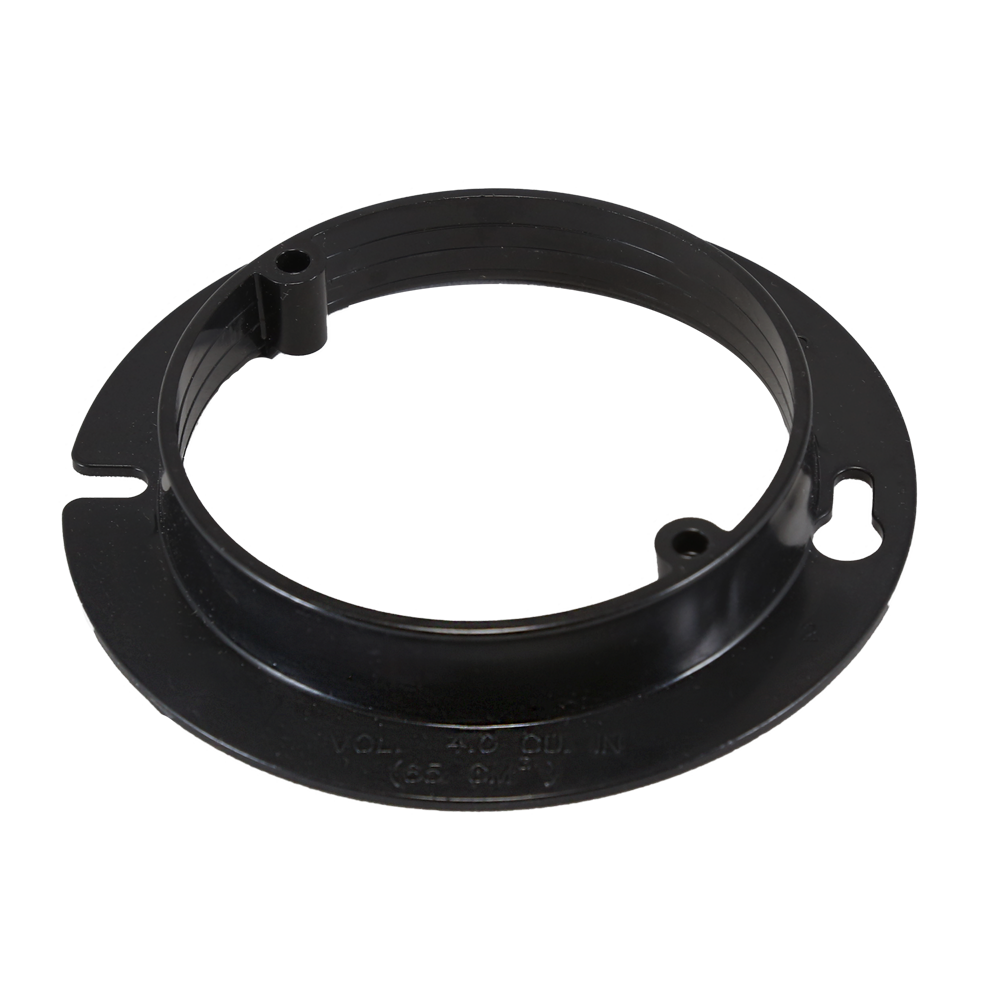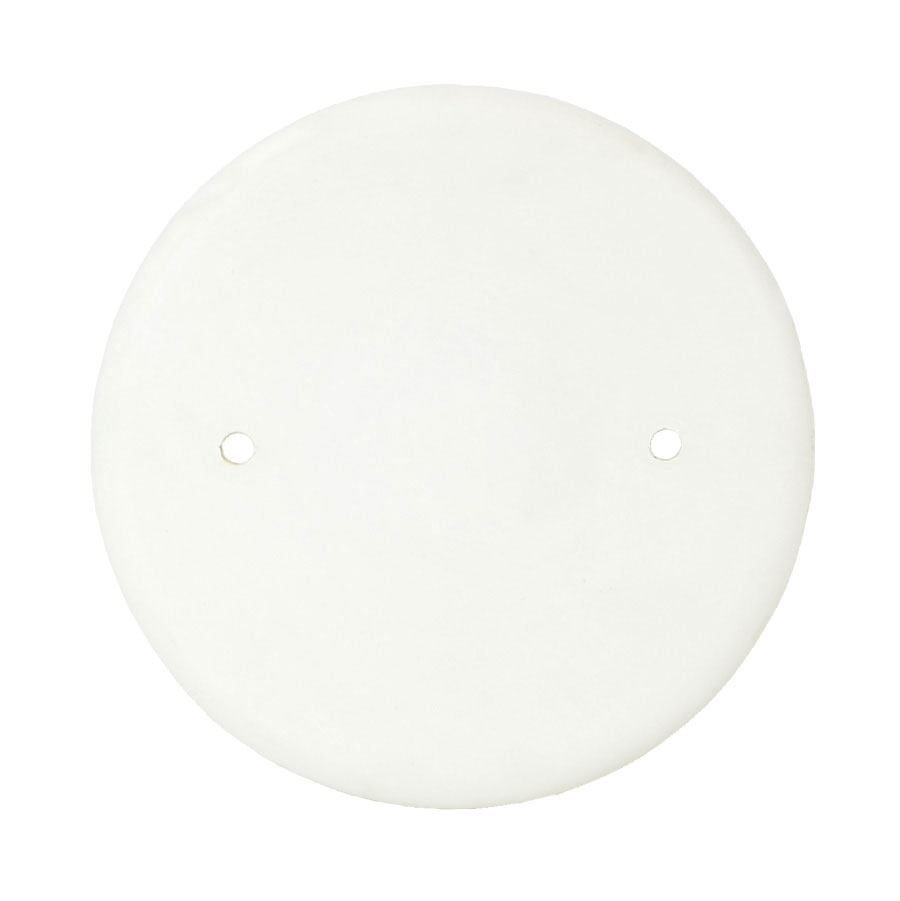

Receptacles and conductors: four - 14 AWG**Įquipment-grounding conductor: one - 14 AWG What is the total number of conductors used for the box fill calculations in Fig. Insulated equipment-grounding conductors for receptacles having insulated grounding terminals (isolated ground receptacles) count as an additional single conductor volume. 2).Īll equipment-grounding conductors in a box count as a single conductor volume, based on the largest equipment-grounding conductor that enters the box. Cable connectors that have their clamping mechanism outside the box aren't counted.Įach luminaire stud or luminaire hickey counts as a single conductor volume, based on the largest conductor that enters the box.Įach single gang device yoke (regardless of the ampere rating of the device) counts as two conductor volumes, based on the largest conductor that terminates on the device.Ī multi-gang device yoke that's too wide for mounting in a single gang box, as described in Table 314.16(A), is counted as two conductor volumes for each gang, based on the largest conductor that terminates on the device ( Fig. One or more internal cable clamps count as a single conductor volume, based on the largest conductor that enters the box. You can omit equipment-grounding conductors and up to four 16 AWG and smaller fixture wires from box fill calculations, if they enter the box from a domed luminaire or similar canopy (e.g., a ceiling paddle fan canopy). Conductors that originate and terminate within the box (e.g., pigtails) aren't counted at all ( Fig.
PLASTER RINGS AND DOMED COVERES FOR FREE
Each loop or coil of unbroken conductor having a length of at least twice the minimum length required for free conductors in 300.14 must be counted as two conductor volumes. Using 314.16(B), calculate each of the five following conductor equivalent volumes:Įach unbroken conductor that runs through a box, as well as each conductor that terminates in a box, is counted as a single conductor volume. Nor do you need to count conductors that originate and terminate within the outlet box (such as equipment-bonding jumpers and pigtails). In this process, you don't need to count raceway and cable fittings (including locknuts and bushings), wire connectors, or cable connectors with their clamping mechanism outside of the box. In no case can this exceed the box volume. The number you get is the total conductor volume. After you calculate all five volumes using 314.16(B)(1) through (5), add them up using the equivalent volumes found on Table 314.16(B). Conductor volumeĬalculating conductor volume is a matter of adding up individual conductor fill volumes and conductor equivalent volume fills - and there are five such volumes. Include only those parts that are marked with their volumes in cubic inches or included in NEC Table 314.16(A).

Then, add to it the sum of the individual volumes of the assembled parts, such as plaster rings, extension rings, etc. If the box is not a standard size, the volume will be marked on the box by the manufacturer. If Table 314.16(A) is inapplicable for your installation, which it typically will be, how do you calculate box volume? It's a matter of adding up individual volumes of assembled parts. You can use Table 314.16(A) only if the box contains no switches, receptacles, luminaire studs, luminaire hickeys, internal cable clamps, or equipment-grounding conductors.

Table 314.16(A) seems to make it simple to determine the volume of a box, but don't get too excited. You calculate box volume per 314.16(A) and box fill per 314.16(B), but make sure your 314.16(A) box volume is greater than or equal to your 314.16(B) box fill. Note: This article is based on the 2005 NEC.īox fill isn’t just the number of wires in the box - it's the total volume of the conductors, devices, and fittings in a box.Įvery outlet box has a specific amount of space for conductors, devices, and fittings. If you’d like to see updated information on this topic, please check out this recently published article, Brushing Up on Your Box Fill Calculations. Thank you for visiting one of our most popular classic articles.


 0 kommentar(er)
0 kommentar(er)
